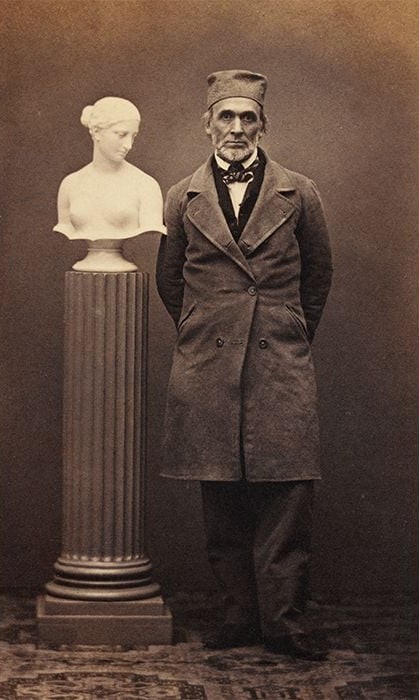
In 1843, American sculptor and artist Hiram Powers completed the first rendition of his statue, the Greek Slave. Initially created as a representation of Turkish atrocities committed during the Greek War of Independence (1821-1829), the statue "became one of the most popular, frequently replicated, and widely exhibited works of art in America and Europe" within a decade of its creation (Stone and Taylor, WEBB vol. 2). This was in part due to the statue's appearance in various prominent galleries in London and across the eastern United States during a six-year-long exhibitionary tour managed by Powers's good friend and fellow artist Miner Kellogg. The Greek Slave was met with mixed, though mostly positive reviews, and commentary and...
more
